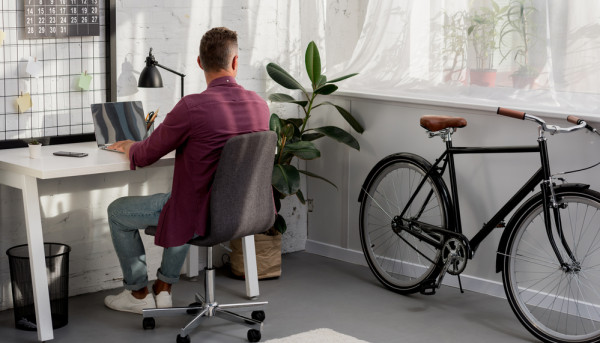Accessibility in Education: Support for Students With Disabilities
Educational institutions play a pivotal role in creating inclusive learning environments. This involves more than providing accommodations to students with disabilities; rather, this involves adopting accessibility best practices as well.
Colleges and universities that use a medical model of disability to address accessibility may require students to undergo diagnostic testing in order to receive assistance, which may limit accessibility efforts.
1. Identification
Students with disabilities face many unique challenges when it comes to education, but that doesn't have to be a barrier to them remaining connected with their peers. Thanks to thousands of accessibility tools on offer there is bound to be something available that meets each student's unique needs.
Accessible education seeks to ensure all students can learn and access information equally, without discrimination or prejudice. Accommodations that support various learning styles - including physical impairments and cognitive issues as well as language impairments - can help achieve this aim.
Students with disabilities and their educators should work collaboratively to foster an environment that embraces inclusion and respect in education. This may involve creating networks, communities, panels, groups or platforms that enable communication, counseling, cooperation and co-creation on accessibility in education. It's also vitally important that they receive resources such as text-to-speech software or screen readers that can assist their success.
2. Accommodations
Accommodations are tools designed to aid students with disabilities participate in classroom environments and demonstrate their learning. They typically fall under an IEP or 504 plan and may be implemented during instruction and testing.
Accommodations should be tailored specifically for each student and usually fall into four categories: presentation, response, timing and setting. For instance, those having difficulty staying focused might benefit from reducing distracting classroom noise or moving the test room to a quieter location.
Accommodations should only affect how students complete a task or assessment; not the content or assessment itself. For instance, extended testing time allotment does not change this requirement for proficiency on exams. Monitoring accommodations regularly and making changes as necessary is also key for their effectiveness - this can be accomplished via surveys, teacher observations or tracking data such as GPAs and test scores.
3. Communication
Students with disabilities require accessible educational materials in order to access learning at the same pace as their peers, as well as teachers and professors who are open and understanding and willing to take the necessary time and care to accommodate each student's unique needs.
At this juncture in education reform, educators and higher education institutions need to prioritize accessibility within their curriculum, classrooms and digital platforms. Ed-tech companies should also be held accountable for demonstrating commitments towards accessibility.
Create digital content with captioned audio and video can make learning more accessible for those with hearing impairments or visual impairments, and offer multiple assignment formats so students with various disabilities can submit their work according to what best fits their abilities. This ensures every student receives the best education. Accessible education is about equality versus equity; therefore it is vital that all children have equal opportunities to receive high-quality education.
4. Support
Educators must aim to make their classrooms more inclusive by employing the accessibility strategies outlined here. Implementation should not come as an afterthought or only be done for specific student needs; rather, educators should incorporate these ideas from day one of teaching so as to ensure an accessible learning experience for all their pupils.
Instructors can make their online classes more accessible by using high contrast text/background, providing transcripts of audio/video materials, adding closed captioning to videos, and offering alternative format texts. For more tips check out this Accessible Education Guide for Teachers.
Implementing student feedback and encouraging digital tools as a way of gathering insights into current challenges are great ways to kick-start changes that ensure all children can learn and succeed in school. With today's increasingly diverse global population, these initiatives will become even more essential to ensure every student can succeed academically.









